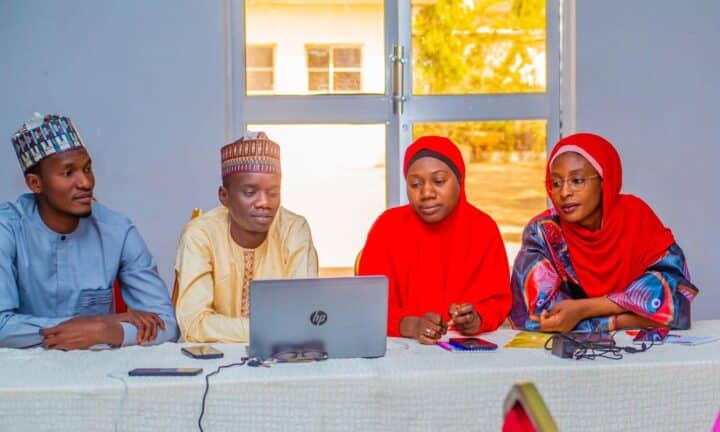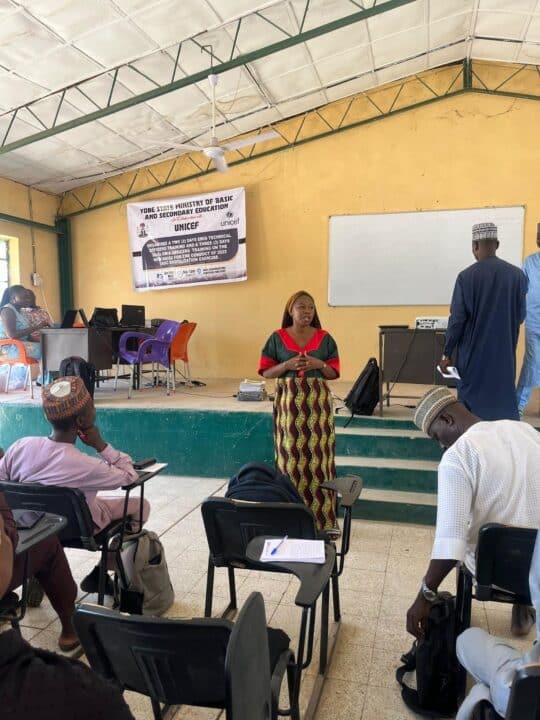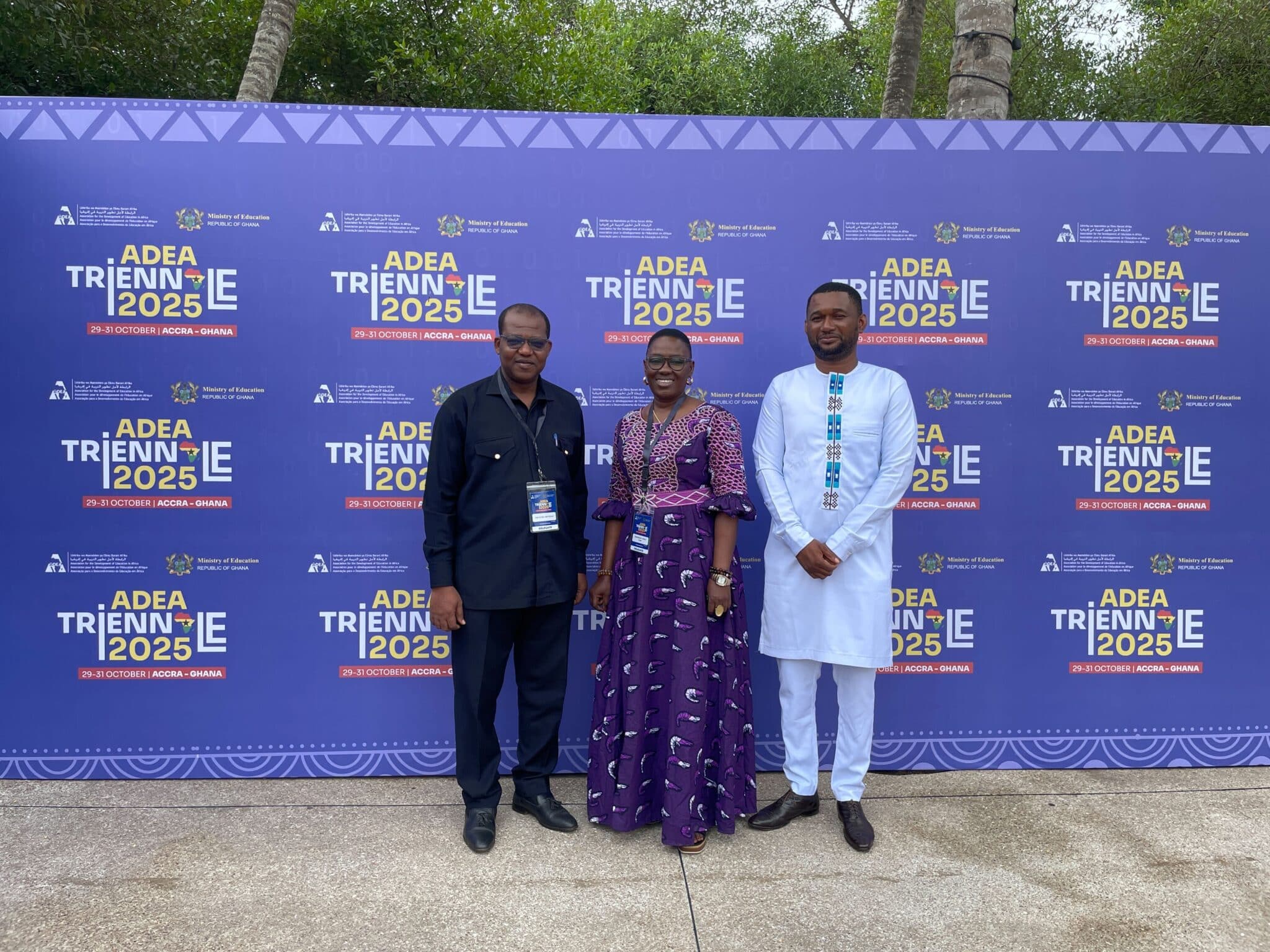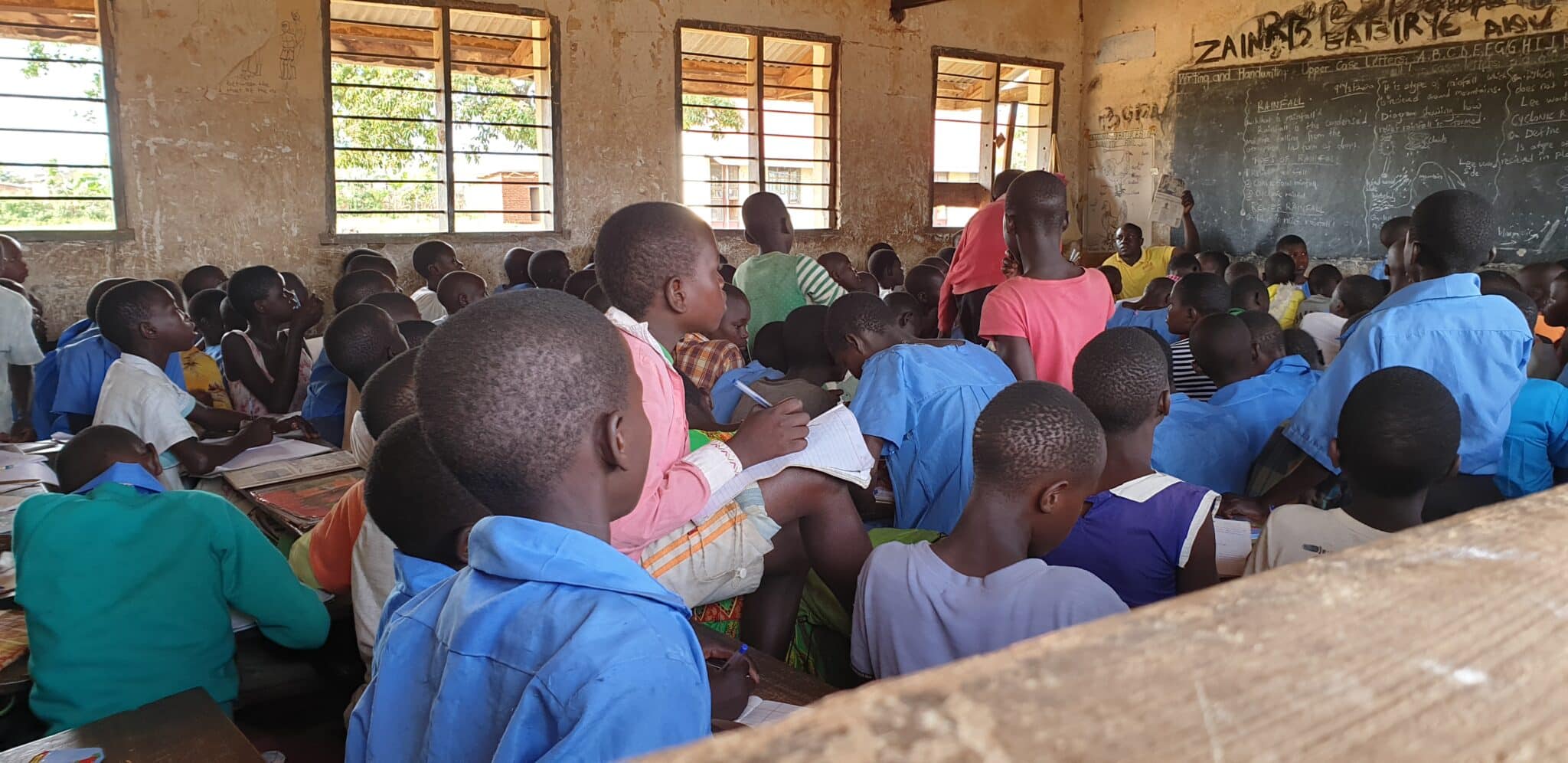
Making Education Data Work: Nigeria’s Digital DHIS2-EMIS Project in 12 States
Nigeria is transforming how it collects and uses education data through a groundbreaking digital EMIS project. Led by HISP Nigeria, the University of Oslo, and UNICEF, this initiative empowers states with real-time insights to improve education planning and outcomes for millions of children.
Nigeria’s education sector faces dual challenges of a rapidly growing youth population and persistent regional disparities in access to quality education. In response, a transformative project is underway to digitize the education management information system (EMIS), through a partnership between the HISP Centre at the University of Oslo (HISP UiO), HISP Nigeria, HISP Uganda, participating Nigerian states, and UNICEF Nigeria.
Project Overview
The EMIS digitization initiative aims to overhaul how educational data is collected, managed, and utilized across Nigeria. By moving from fragmented, manual processes to a unified, digital platform, the project seeks to empower education stakeholders with real-time, accurate data for evidence-based planning and decision-making.
Key Partners and Their Roles
- HISP Nigeria: As a technical lead, HISP Nigeria has played a pivotal role in customizing and deploying the DHIS2-based EMIS platform. Their expertise in information systems has ensured the solution is both robust and adaptable to Nigeria’s unique needs. HISP Nigeria also leads capacity-building efforts, training state and local government staff to manage and sustain the new system, as well as support school level adoption.
- HISP Centre at the University of Oslo: The Nigerian EMIS implementation is very ambitious in terms of scaling and digitization at the school level, which means close involvement of global DHIS2 teams is key for both coordination and documentation with the broader EMIS effort.
- Participating States: The project began with eight states and has now expanded to twelve, including Bauchi, Borno, Jigawa, Kano, Katsina, Kebbi, Sokoto, Zamfara, Adamawa, Kaduna, Yobe, and Enugu. State teams have been deeply involved in piloting the platform, providing critical feedback, and leading the cascade of training to local education authorities.
- UNICEF Nigeria UNICEF has championed the project, providing strategic oversight, funding, and technical support through their Field Office network. Their engagement ensures the initiative aligns with global education goals and addresses the needs of Nigeria’s most vulnerable children and adolescents. UNICEF also facilitates collaboration between states and international partners, fostering an environment of shared learning and innovation.

How the Project Works
- A web and mobile-enabled EMIS platform has been developed, supporting both online and offline data collection, with strong data validation and security features.
- The system is built on DHIS2, a proven open-source platform, allowing for seamless integration and future scalability.
- State and local education staff are being trained through a cascade model, starting with master trainers who then equip colleagues at all administrative levels.
- The platform is designed to harmonize data from the Annual School Census and other sources, including non-formal and Quranic education, providing a comprehensive view of Nigeria’s education landscape.
Early Results and Impact
- Over 55 education sector staff from 11 states have been trained as core system administrators and trainers, ensuring local ownership and sustainability.
- The new EMIS platform enables timely, consistent, and validated data collection, simplifying analysis and supporting better decision-making for education policy and financing.
- Customizable dashboards and user-friendly analytics tools are making it easier for stakeholders to visualize trends and identify gaps.

Looking Ahead
With foundational tasks complete and state-level training ongoing, the project is on track to digitize education data management in participating states by the end of 2025. The collaboration stands as a model for how technology and partnership can drive meaningful change in the education sector.
“The concept of building local capacity has been at the heart of principles driving DHIS2 adoption. Establishing a strong DHIS2 core team…is perhaps the most important element of a DHIS2 implementation.” – Barnabas Akumba, HISP Nigeria
This initiative is not just about digitizing data—it’s about empowering educators, policymakers, and communities with the information they need to give every Nigerian child a better future.
“As an EMIS Officer, I’m proud to witness how the DHIS2 Education EMIS Data Collection Tool is transforming education data management. By providing real-time, accurate data, it empowers better decision-making and policy planning. Despite challenges like ICT limitations, this tool is a game-changer for improving education quality. I’m excited to be part of this digital journey, driving data-driven progress for Katsina State’s education sector.” – EMIS Officer, Katsina State


